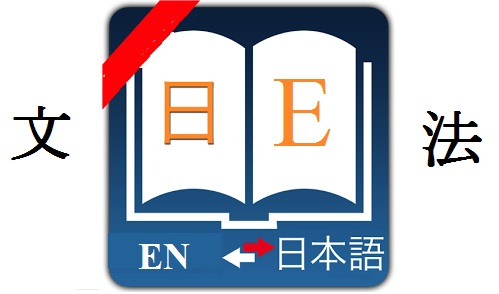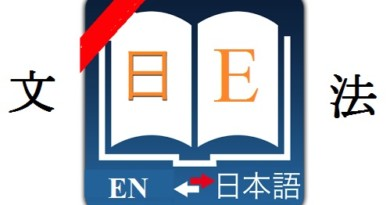Japanese ずに grammar zuni

Let’s learn Japanese ずに grammar zuni :
JLPT level : N3
Formation :
V ない (remove ない)+ずに
Meaning and how to use :
Not do one thing, but do another.
for example
私は箸を使わずにご飯を食べます。
Watashi ha hashi o tsukawa zu ni gohan o tabe masu.
I have meal without using chopstick
痛くても、泣かずに、我慢した。
itaku te mo, naka zu ni, gaman shi ta.
Although it’s hurt, I bear (the pain) without crying.
試験日の前に、彼は何も勉強せずに、テレビを見たばっかりなので、不合格だった。
shiken bi no mae ni, kare ha nani mo benkyou se zu ni, terebi o mi ta bakkari na node, fu goukaku datta.
He hadn’t revised anything and only watched TV before the examination, so he failed the exam
彼女何も言わずに帰りました。
kanojo nani mo iwa zu ni kaeri mashi ta.
He hasn’t said anything and went home.
アメリカ人は「いただきます」を言わずに、ご飯を食べます。
kanojo nani mo iwa zu ni kaeri mashi ta.
Americans don’t say “Itadakimasu” before meal.
Note:
1. しない becomesせずに.
2. ずに is usually used in written language, while in spoken language it is : ~ないで
Related structures :
ずにいる zuniiru
ずにおく zunioku
ずにすむ zunisumu
ずにはいられない zunihairarenai
ずにはおかない zunihaokanai
ずにはすまない zunihasumanai
ないで~
above is Japanese ずに grammar zuni. if you don’t understand the signs we used in fomation, you can find their meaning here : signs used in Japanese grammar structures.
You can search the structure you want by using the search tool on our website (using key : grammar + ‘structure name’ or you can find more Japanese grammar structures in the following category : Japanese grammar dictionary
